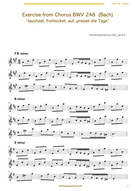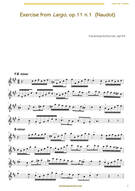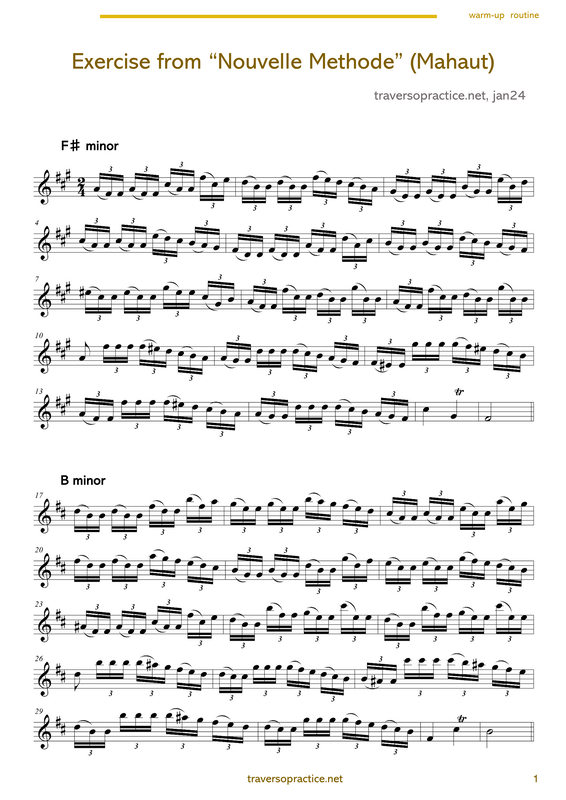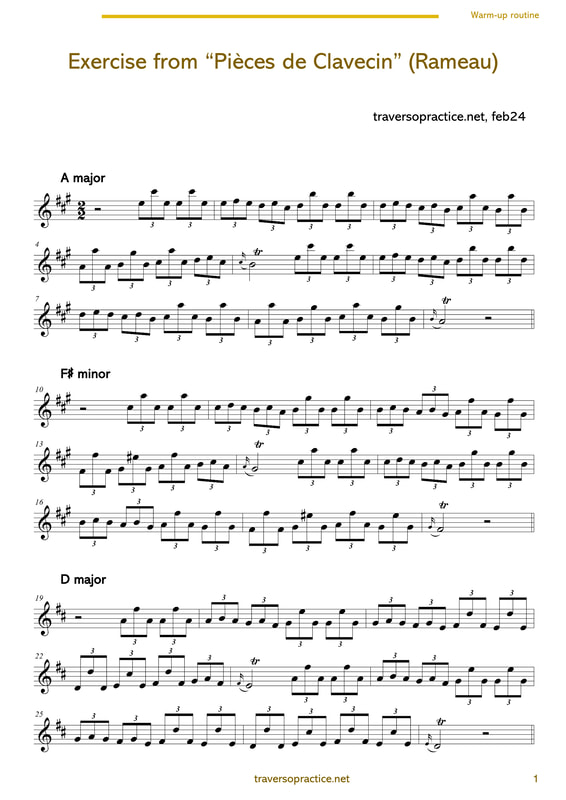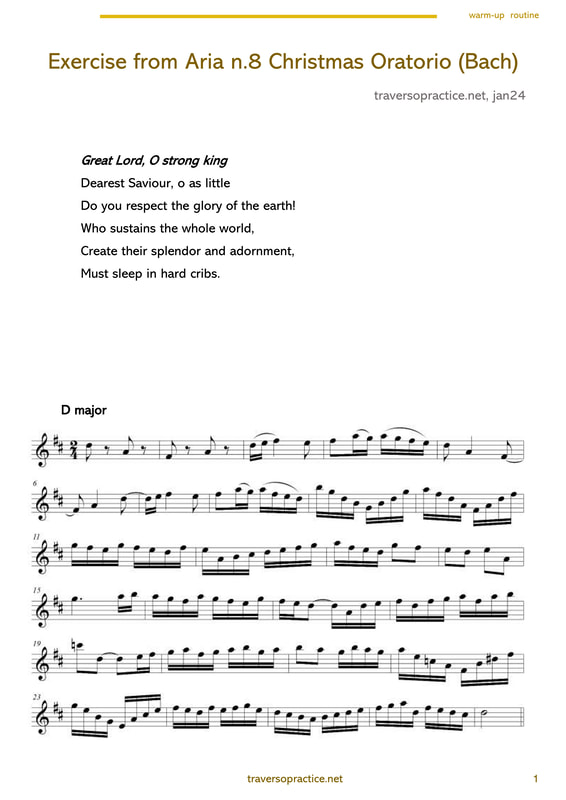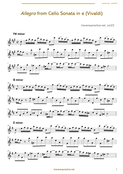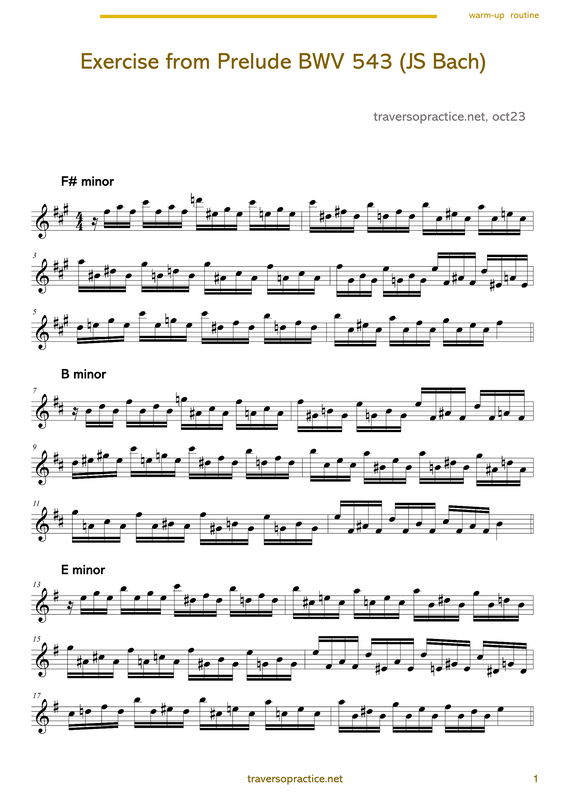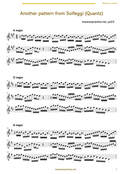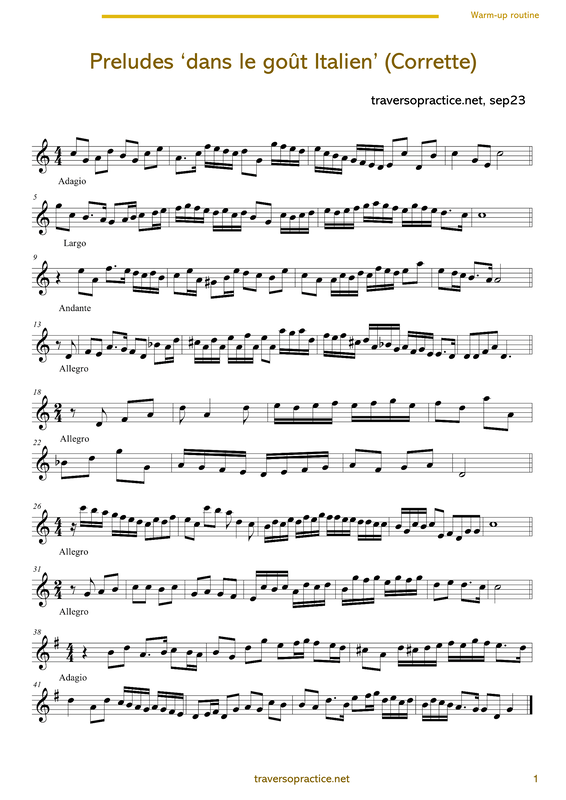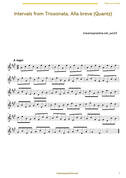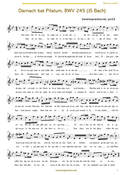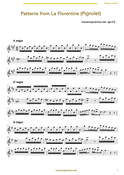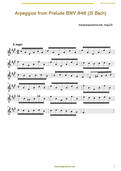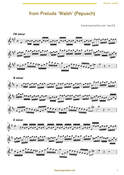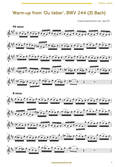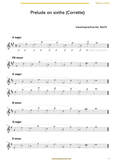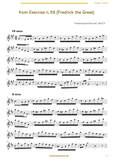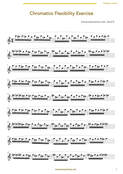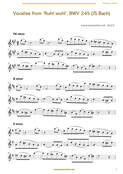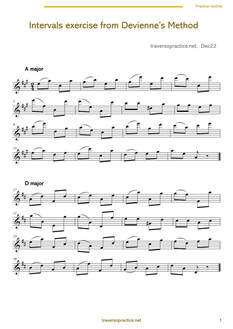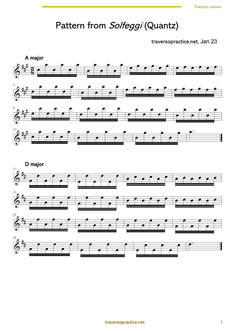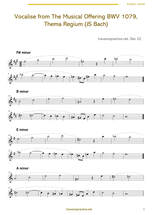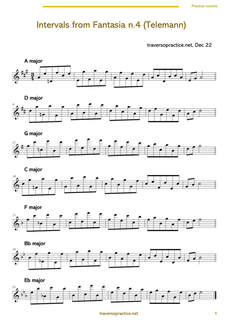Here you can find practice material that I have developed or edited to support my own daily practice.
This includes original material, pre-existing exercises or etudes that have been adapted, if needed, to the baroque flute, or excerpts of authentic baroque pieces, usually transposed to several other keys.
This includes original material, pre-existing exercises or etudes that have been adapted, if needed, to the baroque flute, or excerpts of authentic baroque pieces, usually transposed to several other keys.
Exercise from Aria 'Flammende Rose'
|
Exercise from Minuetto
| ||||||||||||||||
Exercise from Vivace BWV 114
|
Pattern from Solo Sonata H562
| ||||||||||||||||
Exercise from Chorus BWV 248
|
Largo from Flute Concerto n.1
| ||||||||||||||||
Exercise from Nouvelle Methode
|
Exercise from Piecès de Clavecin
| ||||||||||||||||
Ode to St.Cecilia
|
Aria from Christmas Oratorio
| ||||||||||||||||
Vivaldi's cello sonata
|
Prelude BWV 543
| ||||||||||||||||
Another pattern from Solfeggi
|
'Italian' Preludes
| ||||||||||||||||
Intervals from Triosonata
|
Recitative from Johannes Passion
| ||||||||||||||||
Patterns from la Florentine
|
Arpeggios from the WTC
| ||||||||||||||||
Pepusch prelude
|
Warm-up from Matthaeus Passion
| ||||||||||||||||
Prelude on sixths
|
Fredrick 39
| ||||||||||||||||
Chromatics for flexibility
|
Vocalise from Johannes Passion
| ||||||||||||||||
Devienne's intervals
|
Quantz's pattern
| ||||||||||||||||
Thema Regium
|
Intervals from Telemann
| ||||||||||||||||





